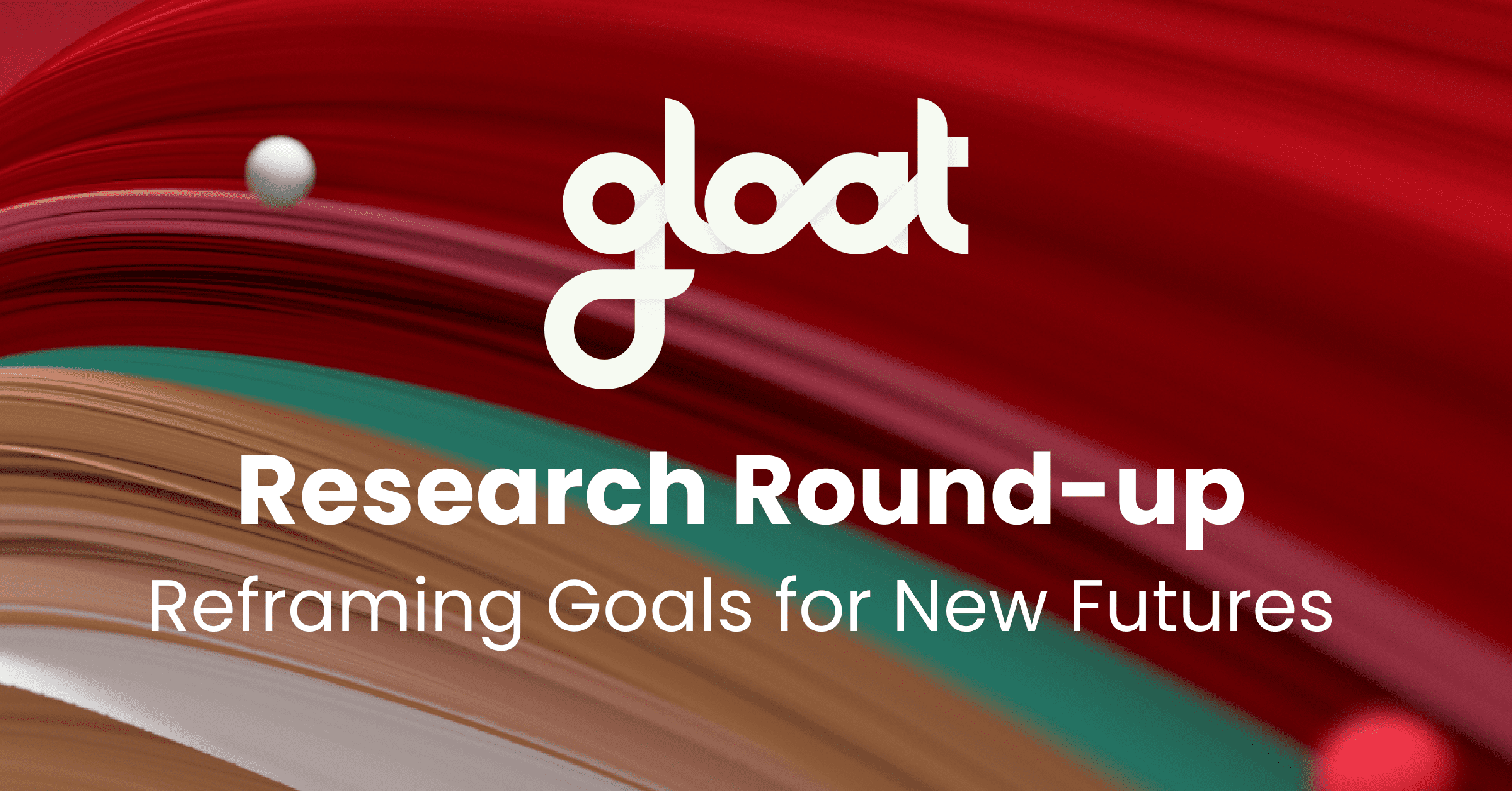New normal, old tools: Why traditional HR systems are no longer relevant
We live in a new world, but the tools we use are still entrenched in old conventions. It's time to change that.

We’re constantly hearing about the “New Normal” and how the way we work has changed forever. It’s true; the way we approach work, assignments, even the idea of the office itself – has radically changed over the last few years.
But although the world around us has changed, many of the tools we use are still firmly entrenched in old-world conventions. This is doubly true for talent management systems, which no longer reflect the approach to talent and human resources organizations have adopted, and which has therefore ceased to be aligned with the long-term success of the business.
To see what we ought to be striving for and what needs to be changed, let’s first take a look at some of the systems, conventions and tools in use today, and try to understand if they still hold up.
Career Pathing
Career pathing has always been an important anchor in the long-term plans of individuals trying to make their way through an organization. It’s a useful concept; asking “where am I today, and where do I want to be tomorrow” is an approach that makes sense, and mapping out the professional path employees need to take to get there helps with engagement, a stronger affiliation to the company, and provides an important horizon to strive for all at once.
The only problem with this approach today, is that traditional career path maps stop being relevant almost as soon as they’re drawn up.
Organizations are increasingly agile, and alongside technological advancements and changes in the market, there’s no guarantee that any role that exists in a company today will continue to exist tomorrow, or that the roles and experiences needed to reach it along the way will stay static. So while you may be spending a lot of time and effort on employees’ career paths, if they’re static, it’s likely they’ll become irrelevant very quickly.
So what can you do to continue enjoying the benefits of career pathing practices?
Implement a dynamic, AI-driven career pathing system that not only tracks and understands the changing relationships between roles in the organization, but which also takes the personal aspirations and preferences of employees into account.
Learning Platforms
As organizations become agile, the need for implementing robust learning management systems/learning experience platforms (LMS/LXP) is clear. But when you try to track the effectiveness of these systems, what is it that you’re actually looking to track?
Today, the KPIs being looked at are things like the number of learning sessions completed, or how many employees participated in a given course. But when you really think about it, is that the most relevant metric?
At the end of the day, the ultimate purpose of learning experiences in the work environment isn’t the attainment of new skills for their own sake – it’s to help employees stay relevant, useful and helpful to their organizations. So the question of how you measure the success of an LMS stops being, for instance, the number of learning experiences its users undergo, but rather, becomes how many of your employees continue on to new roles after they’ve been reskilled. In short, the LXP’s contribution to internal mobility is the most important indicator of its success – and without a platform that lets you track that internal mobility in a comprehensive way, you’ll have no way of knowing how effective your learning platform truly is.
Internal Job Boards
Internal mobility and talent retention have always been important goals for large organizations, and internal job boards have always been the first step in helping promote them. But even in the pre-COVID world, internal job boards weren’t really the first or easiest place for successful employees looking for their next big challenge to turn to. Internal job boards, no matter how robust, simply can’t compete with job-seeking platforms like LinkedIn, which offer a consumer-grade user experience, personalized professional opportunities, and perhaps most importantly, the chance to avoid unpleasantness or even grudges from their current bosses.
So how can large organizations offer an alternative to external job seeking platforms?
Well, in addition to providing a personalized, consumer-grade user experience, companies need to think about changing their approach to talent allocation in general. Enterprises need to encourage their employees to stop looking at professional opportunities as something that only comes along when they switch roles or move on to other organizations, and to start thinking of it as part of their routine and part of the company culture.

Core HR Platforms
When was the last time you accessed your core HR platform? HCMs and ERPs are usually not systems most executives and employees interact with on a daily basis, and are usually used once or twice a month to pull relevant information from.
You may think “So what? As long as they’re doing their job, the less interaction I have with them, the better” – but you’d be wrong. When these systems aren’t in regular, routine use, the information they process and present is necessarily less accurate and relevant – and when it comes to fast decision-making, you need to have as close to real-time visibility into your organization as possible.
On the other hand, deploying new platforms that generate the information HCMs/ERPs provide as a byproduct of their daily use not only gives you better data – it actually requires less concentrated effort.
All of these old systems are deeply entrenched in our conception of how things should be done, and may still feel relevant, but they ultimately no longer align with the way organizations function today.
It’s time to stop, take a look around, and ask what you should be doing differently.





